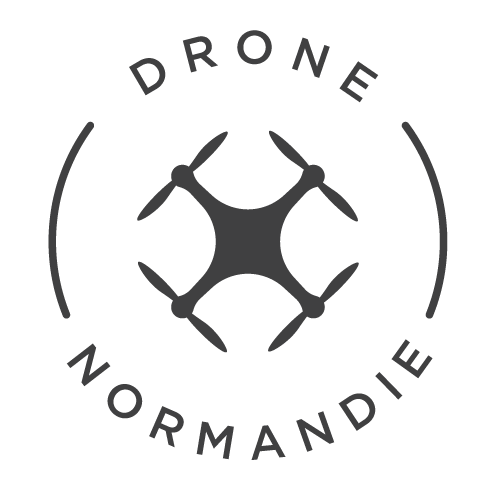When a remotely piloted aircraft is operating under scenarios S-1, S-2 or S-3, the operator must set up a third-party exclusion zone.
This zone is used to keep people who are not involved in the mission away, to limit the risks in the event of a crash or emergency landing.
The operator must ensure that no third party enters the exclusion zones at any time during the flight.
Who can be considered a third party?
A third party is a person who is not directly concerned by the mission. Under no circumstances may these third parties enter the exclusion zone.
The following are not considered third parties:
– persons involved in piloting the aircraft (the remote pilot)
– people involved in the operation of mission equipment (the cameraman, for example)
– persons isolated by a safety device or structure providing sufficient protection
– persons directly involved in the particular activity who have signed an attestation (available by clicking here) stipulating that they have been informed of the emergency measures defined by the operator in the event of an in-flight incident involving the aircraft (this may be the case, for example, at a wedding: the guests photographed are not part of the mission, but in order to be photographed, they must agree to be overflown by the drone, and therefore sign an attestation).
Scenario S-1 :
In the case of an aircraft used in scenario S-1, the maximum third-party exclusion zone is a 30-meter-radius disk centered on the aircraft’s projection on the ground.
However, when the remote pilot has ground speed information, the 30-meter radius may be reduced(but never below 10 meters), if the remotely piloted aircraft is :
– an airship weighing < 8kg
– an aerodyne equipped with a third-party protection device (parachute) weighing ≤ 8 kg
– an aerodyne weighing ≤ 2 kg when used at a height ≤ 50 meters
In this case, the radius of the circle constituting the third-party exclusion zone must be calculated using the following formula:
 (source : JO n°0298 du 24/12/2015)
(source : JO n°0298 du 24/12/2015)
In practice, this formula proves complex to implement. If you need to know it (especially for the exam), the Guide Drones : Guide Catégorie Spécifique contains an appendix of tables containing R correspondences according to the altitude and speed of the remotely piloted aircraft. These handy tables simplify the preparation of your mission. They are given at the bottom of the page.
Note that, in the case of scenario S-1, it is possible to move the third-party exclusion zone at the same time as the unmanned aircraft is moving! However, care must be taken: in the event of loss of connection with the radio, the device must be correctly parameterized so as not to leave the exclusion zone.
Scenario S-2 :
In the case of an aircraft used in scenario S-2, the minimum zone of exclusion of third parties is an area, fixed for the entire duration of the flight, corresponding to the ground projection of the maximum flight volume plus a horizontal safety margin of 30 meters.
Unlike the S-1, here the zone cannot be moved at the same time as the remotely piloted aircraft. It is therefore advisable to plan the flight route in advance, so as to create a single exclusion zone encompassing all the drone’s possible evolutions.
Scenario S-3 :
For scenario S-3, use is very similar to scenario S-1.
However, one point has been added:
– For captive > 8 kg and captive aerodynes weighing over 2 kg not fitted with a third-party protection device, a disk centered on the attachment point of the restraint device, with a radius equal to the maximum cable length expected in use, plus 5 meters.
The formula and the way it is used therefore remain identical to the S-1 scenario.
Resources :
There are many ways to mark out your route:
– use marker trestles

– marker tape :

– in the city center, you can call on the municipal police or security guards:
In some cases, you’ll be able to use existing barriers: for example, you can use the fence surrounding a building over which you need to make your flight. However, it remains your responsibility to ensure that no third party enters this area, so don’t hesitate to display signs!
Summary tables :
Here are the summary tables to simplify use of the formula seen above.
They are taken from Appendix 7 of the Drones Guide: Specific Category Guide.
Of course, you don’t need to know them, but they will help you prepare for your missions.




